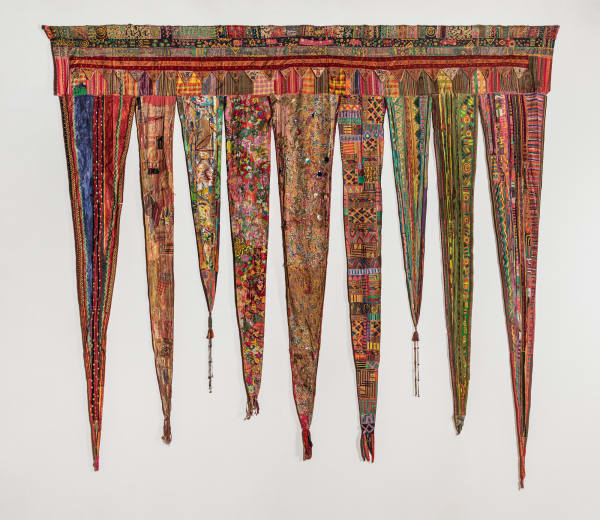Pacita Abad: SFMOMA
Past exhibition
Overview
Pacita Abad opens at The San Francisco Museum of Modern Art (SFMOMA) today, marking the second destination of the major North American retrospective of the influential Filipino-American artist. Featuring more than 40 major works, this exhibition is the most significant U.S. presentation that chronicles the artist’s 32-year multifaceted art practice. Best known for her trapuntos, a form of quilted painting made by stitching and stuffing her canvases as opposed to stretching them over a wood frame, Pacita made a vast number of artworks that traverse a diversity of subject matter. Pacita centered the triumphs and adversities of people on the periphery of power, as seen in her Social Realist, Immigrant Experience, and Masks and Spirits series, while also creating intricately constructed underwater scenes to abstract compositions. Pacita’s vibrant material and conceptual concerns are as urgent today as they were three decades ago.
This iteration in San Francisco is meaningful for the life of the artist, as after leaving the Philippines to escape political persecution due to her activism against the Marcos regime, Pacita intended to move to Madrid to pursue a degree in law, but a stop in San Francisco to visit relatives became a long-term stay. 1970s San Francisco was a hub of counterculture and social movements. This is where Pacita met Asian and Latin American immigrants who had left their home countries for economic or socio-political reasons. Pacita immersed herself in the local art scene, deciding to forgo her law studies, changing the trajectory of her life.
This exhibition will have on view SFMOMA’s recent acquisition of Pacita Abad’s trapunto, “If My Friends Could See Me Now” (1993).
This iteration in San Francisco is meaningful for the life of the artist, as after leaving the Philippines to escape political persecution due to her activism against the Marcos regime, Pacita intended to move to Madrid to pursue a degree in law, but a stop in San Francisco to visit relatives became a long-term stay. 1970s San Francisco was a hub of counterculture and social movements. This is where Pacita met Asian and Latin American immigrants who had left their home countries for economic or socio-political reasons. Pacita immersed herself in the local art scene, deciding to forgo her law studies, changing the trajectory of her life.
This exhibition will have on view SFMOMA’s recent acquisition of Pacita Abad’s trapunto, “If My Friends Could See Me Now” (1993).
Installation Views
Works
News
-
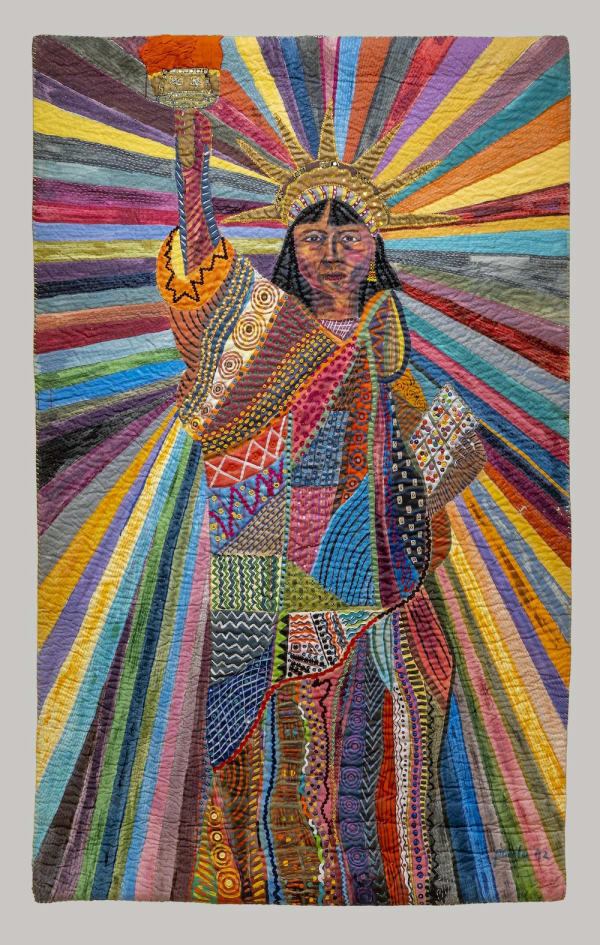
In San Francisco for FOG? Don't Miss These 7 Exhibitions Around the City
CULTURED January 17, 2024Anyone who has weaved through endless rows of booths at an art fair knows there is limited exhibition space in even the largest of stalls....Learn More -
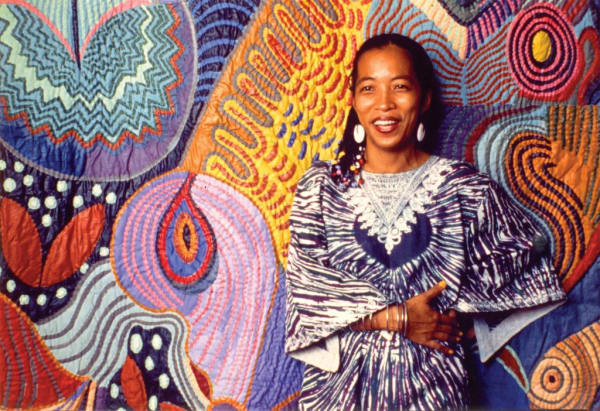
See Inside the Revelatory Retrospective for Filipino American Artist Pacita Abad
Artnet News January 2, 2024In 1970, 24-year-old Pacita Abad left her home in the Philippines, fleeing political persecution after leading a student protest against the Marcos regime. She was...Learn More
-
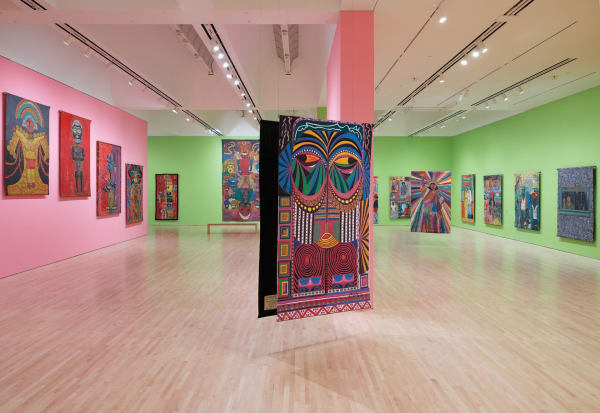
Pacita Abad
E-Flux December 22, 2023To discuss the life of Pacita Abad is to enumerate the diverse places to which she traveled (some sixty countries across six continents), her expansive...Learn More -
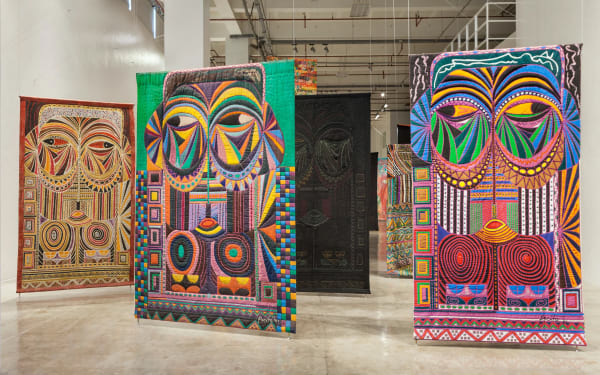
Filipino artist Pacita Abad’s ‘vibrant spirit of rebellion’ lives on at SFMOMA
SF Chronicle November 14, 2023Color is everywhere in the San Francisco Museum of Modern Art’s exuberant Pacita Abad exhibition, the first major career retrospective of the peripatetic Filipino artist....Learn More
-

Pacita Abad A Revelation At San Francisco Museum Of Modern Art
Forbes November 3, 2023In the opening scene of Season 3, Episode 1 of Hulu’s “Only Murders in the Building,” an aging unknown Broadway hopeful played by Meryl Streep...Learn More -
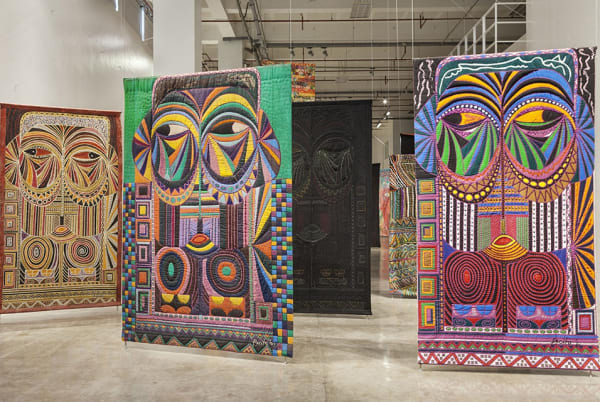
San Francisco Museum of Modern Art celebrates first retrospective of artist Pacita Abad
Artdaily October 22, 2023SAN FRANCISCO, CA .- The San Francisco Museum of Modern Art is carrying out the first retrospective of Pacita Abad. Featuring more than 40 major...Learn More



